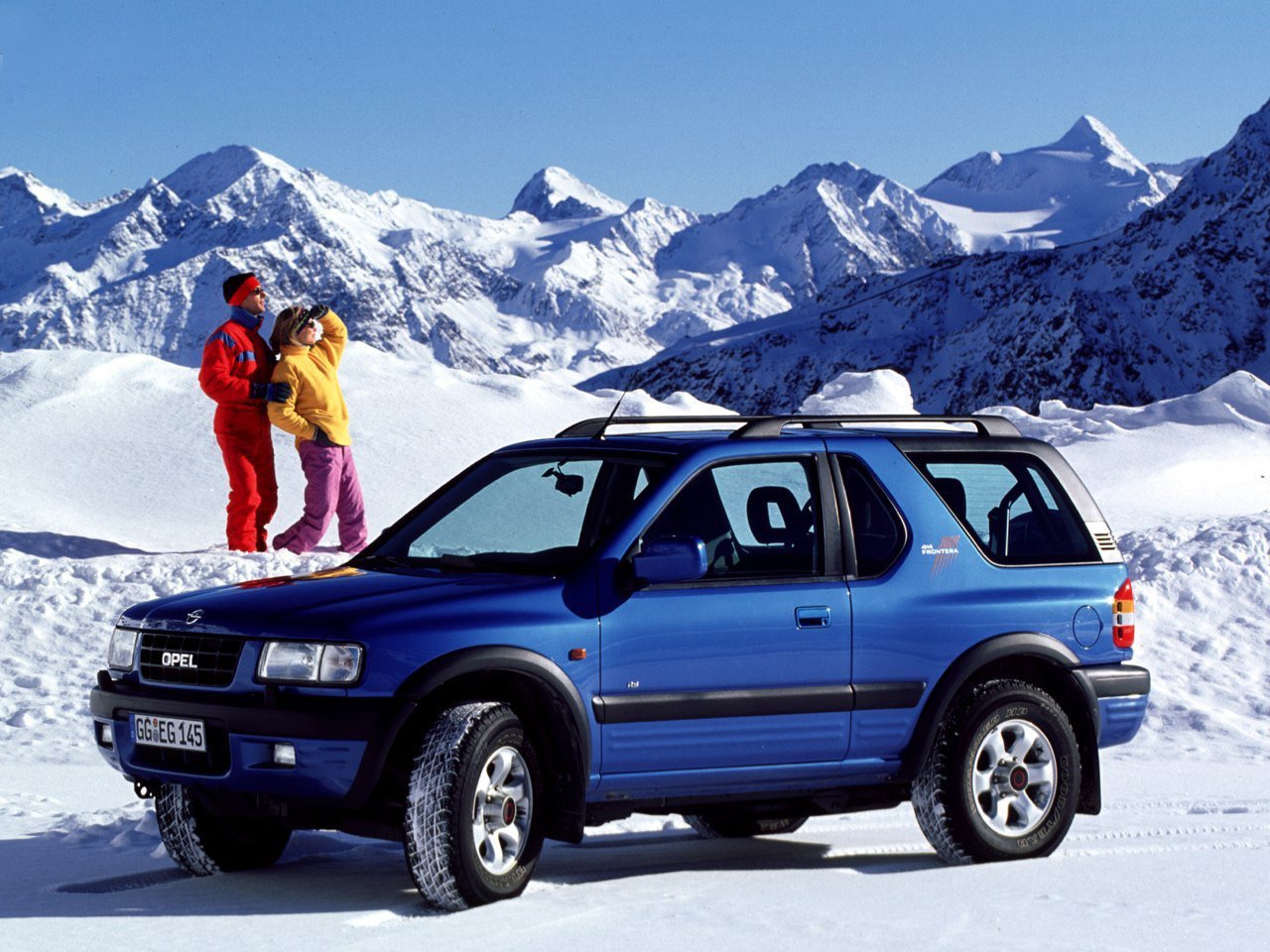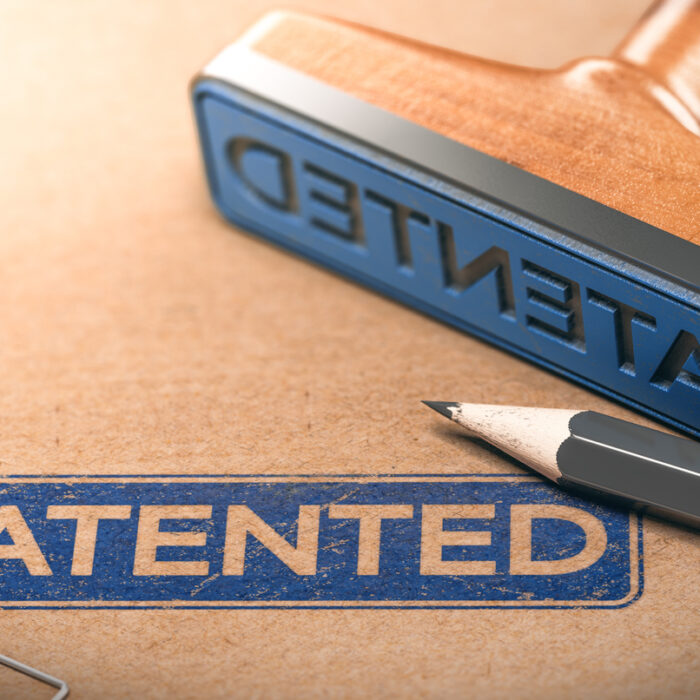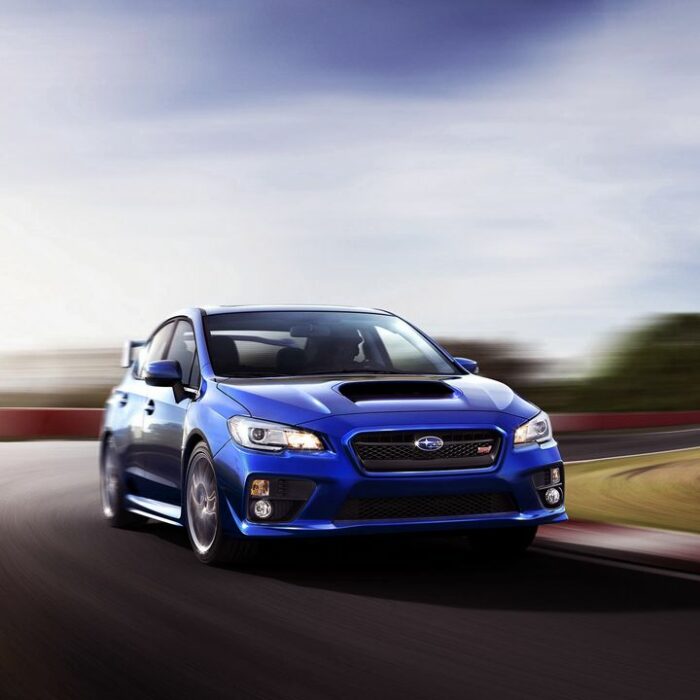German quality and decent design are inherent in all products of General Motors. However, the Opel (Adam Opel AG) firm didn’t always belong to this auto giant, and now the latter no longer owns it. In this article, we’ll try to tell about what vicissitudes fell to the Opel brand for a long (more than 150 years) history. Moreover, the factors that affect the brand’s popularity remain in effect. Many thousands of car enthusiasts remain loyal to Opel, and nothing else.
The beginning of the concern’s history
The year of the beginning of the popular and world-famous company Opel’s history can be called 1899, when the first car was produced. But the company itself was founded on January 21, 1863. It happened as follows.
In the south of Germany, by the Rhine river, there was the small town of Rüsselsheim. Tongez Opel lived there, who in 1837 had a son named Adam. Due to the natural capacities and abilities, the boy was interested in technology. As a teenager he happened to work in a smithy, but this work didn’t give room for thought. Dreaming of Paris, Adam managed to get there at the age of 21. Of course, it was also necessary to make a living there. He saw a factory producing sewing machines. Adam worked there for almost four years, gaining valuable experience and systematizing his knowledge. And then he decided to return home to establish his own business. Actually, that’s how in 1868 the “Sewing machine factory of Adam Opel” firm was opened. But first, in 1862, Adam made hats. Yes, the usual headgear first for inhabitants of his town, and then for the whole of Germany. He invented the hat making machine, and soon became the largest German manufacturer of hats and toppers. Adam Opel had almost three hundred people under his command. Production expanded and the range of products manufactured by Opel grew. Sewing machines soon joined the hats, and then carriage wheels did. Opel had a lot of business trips around Europe. Once in Paris, he went to an exhibition of technical innovations and saw a bicycle. Needless to say, he immediately set about production of bicycles in his city. The production of Opel bicycles was mastered quickly, and pneumatic bicycle tires of the Englishman Dunlop’s design were produced first in the world by Opel. In 1895, almost two thousand bicycles were born in the factory in Rüsselsheim. But Adam Opel died in the same year. He left a large family – five sons. Friendly and actively helping their father during his life, Friedrich, Carl, Ludwig, Heinrich and Wilhelm didn’t leave their father’s business to its fate, but continued it. They not only successfully managed the factory, but also were engaged in sports. Their victories in bicycle races on branded family bikes made the Opel brand famous throughout Europe. As champions, the Opel brothers were invited to the 1897 Motor Show in Berlin. There they saw cars and were taken by the opportunity to drive “on their own”. To establish the production of cars, they had to get a license – the production of cars was impossible without this document. A year later, Carl and Wilhelm Opel acquired the Lutzman factory, and in 1899 the first Lutzman Opel car left the factory gates. It looked more like a self-propelled wagon, was “poor”, cranked up by a huge flywheel, but nevertheless it was a real car!

From Opel to General Motors
First cars of the Opel brothers were purchased extremely reluctantly. Despite the commercial failure, Wilhelm and Carl didn’t despair. They went to the Darrak car factory, and signed a contract there, according to which they undertook to present a new car within two years. The Opel brothers met the deadline – in 1902, the Opel Darrak 10/12 left the gates of the Darrak car factory, it could reach a maximum speed of 45 km/h. There were already two cylinders and a water pump in the engine of this model. The audience favourably welcomed this car, orders poured in, and high sales volume allowed to make large profits. The financial situation of the Opel brothers improved, and they returned to the production of their own cars.
Two more models (the 12/14 and the 13/30), presented by Opel, raised the volume of production to 3200 cars (and that was only in 1902!). The first Opel with four cylinders was produced in the following 1903. Two years later the Opel 35/40PS, equipped with a 6.9-liter engine, appeared. The small car Doktorwagen, a mini-car with two seats for driver and passenger, was also very famous in those days. It was preferred by German country physicians.
In 1905-1906, the Opel brothers opened two automotive factories at once – the Ludwigsbau factory and the plant in Berlin. The contract with the French ended in 1906. But the thousandth Opel was produced, entirely developed by employees of the company; the attempt was made to produce an armored car using the six-millimeter Krupp steel. Alas, it wasn’t destined to enter the series. Kaiser Wilhelm inspected the vehicle, and he didn’t like the armored car. Nevertheless, the following year, Wilhelm II ordered for himself several cars of the Opel brand, as the cars of this brand won the car races organized by Wilhelm.
In 1909, the production of one- and two-cylinder cars stopped. The management of the automaker decided to reduce the cost of produced cars and, accordingly, reduce their price. A modular manufacturing was introduced and this determined the transition to assembly line car production.
Starting from the second decade of the 20h century, sewing machines disappeared from the products of the Opel firm. Production facilities were reconstructed, and the technical park of machines was renewed. Modernization of production had a positive impact on its results. The ten-thousandth Opel was released in 1912, the same year, a new automobile plant opened. The annual production of cars reached a volume of 3335 copies. Opel finally became the first among the automotive concerns in Germany.
The First World War began, and there was a need for transportation of goods. Opel produced army trucks. However, the development of new models didn’t stop. By 1916, a six-cylinder Opel with an engine capacity of 4.7 liters was ready. Rüsselsheim got a new testing ground. The war reduced the needs of consumers for new cars due to the difficult financial situation. Sales began to drop: in 1920, only 1154 cars were produced, and in 1923 – only 910. Nevertheless, the managers of the automobile concern continued to invest huge amounts of money in production. A million gold marks invested in modernization made it possible to introduce assembly line production (at that time, the only one in Germany). The basic principles of the assembly line are simplicity and cheapness. Wilhelm Opel’s trip to America also helped to understand the essence of effective car production – to adopt the experience of successful automakers. The 4/12 PS model (“Treefrog”) appeared. For eight years (1924-31), the Opel concern produced almost 120 thousand of such cars. No other modification was made by Opel specialists in such a volume – 8 thousand workers produced 250 cars per day.

But the time of the global economic crisis came, and in order to overcome it, the management of the concern decided to join the American corporation General Motors. The cooperation agreement was signed in 1928. The Adam Opel AG became a subsidiary of General Motors.
Opel as part of the corporation – a new era in development
Despite a certain loss of independence in management, the Opel concern nevertheless preserved freedom of action. They managed to open new offices in Latin America, Japan and China. In the 1930s, the company released the Olympia, the six-cylinder Opel Super 6, Opel Admiral, Opel Kapitan models. In 1934, the cars of the German subsidiary, like all other creations of General Motors, switched to an independent front suspension. In 1936, the Opel Kadett appeared, and over the next three years, about 107 thousand Kadett cars descended from the assembly line.
World War II brought the company a huge order for the supply of trucks Blitz (“Lightning”), tracked tractors, howitzers and other military equipment. The Maultier half-track truck, on the chassis of which a ten-barreled rocket mortar was mounted, was also produced. Profits from production were huge. However, in 1944, allied bombing destroyed Opel workshops, and in 1945-46 most of the production facilities were lost due to the export of Opel equipment to the USSR. The United States, which needed trucks, helped to restore production.

Since 1947, passenger cars also continued to be produced. 15 years later, on the occasion of the 100th anniversary of the Adam Opel AG, a new car factory opened in Bochum, and Opel launched the production of the legendary Opel Kadett 2. Over the next thirty years, 11 million copies of this car were produced. It was known all over the world. The car was equipped with the Chevrolet engine. Originally a two-door sedan was produced, in 1963, a combi option was added to this version, a year later – a coupe. The two-seater Opel GT was first introduced in 1965 at the Frankfurt International Motor Show. The legendary GT can rightly be considered one of the brightest models of the world automotive industry.
Fritz Opel’s grandson, Georg, tested the first electrically driven GT in Hockenheim in 1971. The car, driven by two engines with a capacity of 136 HP, developed a speed of 188 km/h. In September 1971, Opel assembled its 10-millionth car. But the designers of the automaker continued their work. In 1972, the new Rekord D and Commodore appeared. The Olympia Rekord was available in two-door versions as a sedan, a convertible and the Caravan station wagon. In the mid-1970s, a new generation of models appeared: the Kapitan A, the Diplomat A and the Commodore A. The “international” car Opel Kadett C was assembled in the United States, Brazil, Great Britain and West Germany.
In 1981, the modernized Ascona C with more advanced engines of 1.3 and 1.6 liters left the gates. In 1982, a car factory was opened in Zaragoza, Spain. In 1983, the Corsa A, produced exactly in Spain, appeared in the Opel family. The Opel Omega Lotus appeared in 1986. With a relatively calm exterior, this car concealed tremendous capabilities. Acceleration to 100 km/h took only five seconds, and the maximum speed was 280 km/h.
Opel experts put a lot of effort into reducing the toxicity of exhaust gases – the world began to think about the harmful effects of cars on the ecological state of the environment. The automaker was one of the first in the world to install catalytic converters on its cars.

The Opel Calibra was created in 1990 on the Vectra chassis. Its popularity knew no bounds, the car was produced for nine years in factories in Germany and Finland. The Astra, the Frontera, the Monterey, the Canvas Top, the Tigra, the Cabrio, the Sintra, the Zafira, the Speedster – all these are developments of the ’90s.
In 2009, the news of General Motors’s intention to sell Opel came. However, the deal with the Canadian company Magna and Russian Sberbank fell through. Management of the automaker is still owned by GM. The Adam Opel AG is currently the largest subsidiary of General Motors outside the United States. More than 55 thousand people work in the company’s factories located in Rüsselsheim, Bochum, Kaiserslautern, Berlin and the Belgian city of Antwerp. The Opel brand combines cars designed for every taste, needs and prosperity: the Corsa, the Tigra, the Agila, the Astra, the Vectra, the Calibra, the Meriva, the Omega, the Zafira. Don’t forget the Frontera SUVs, as well as the Sintra minivan. The company continues to strive to make the achievements of science and technology widely available to all segments of society.

It’s likely that the Opel family cars will come in your view more than once. But regardless of whether you sit behind the wheel of the Opel car in the near future or later, you can drive it only with a driver’s license. Modern borders between countries are very conditional, so it is better to obtain an international driving license. It’s easy to process it on our website, and it takes only a few minutes.

Published December 09, 2019 • 9m to read






